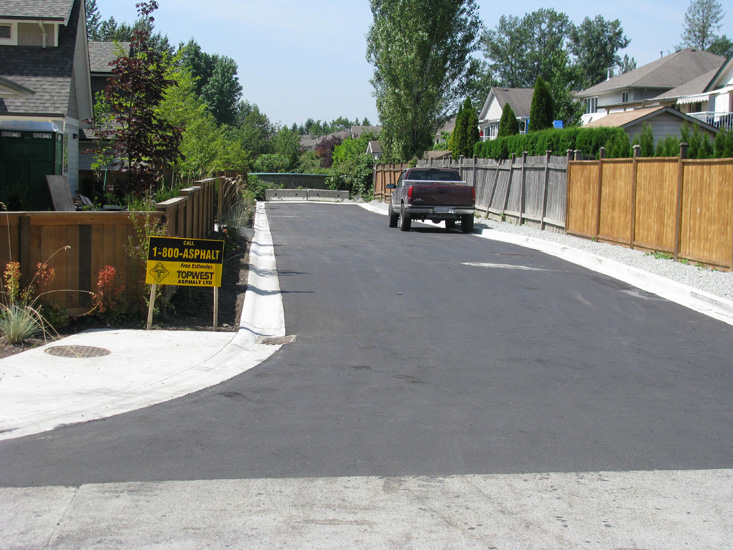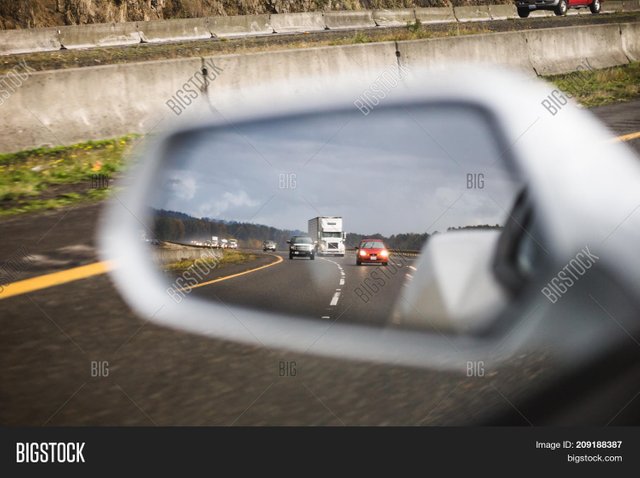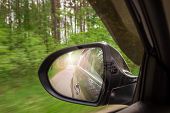DEFENSIVE DRIVING
Introduction: Driving defensively means taking responsibility for yourself and your actions and also keeping an eye on "the other guy."
What is Defensive Driving?
• Maintaining safety cushions.
• Adjusting our driving for other driver's mistakes
• Reducing aggression
• To look rather than just see, and allow for changing road and traffic conditions.
• Improving your attitude towards other road users and your own driving.
Vehicle Inspection
• Initial Inspection by contractor inspector.
• Daily Inspection conducted by the driver (use the checklist).
• Report defects immediately.
Why you have to respect the speed limit
Just few km per hour can make the difference between life and death. The Nigeria law imposed
Maximum Speed Unit of; 100km/hr. for Cars on highway, 50km/hr. for taxi and buses in Streets, Towns and Villages.
50km/hr. for Tankers and Trailers on the highway and 60km/hr. on expressway.
Highway is any road meant for public use and connecting two major cities, while Expressways are high speed road with four or more lanes that may be part or not part of a highway.
Seat Belt
Seat belt is mandatory for all passengers.
Why?
It’s often the difference between life and death.
Safe Driver’s Code
• Complete pre-start checks and keep the vehicle clean.
• Plan the journey, Use the map, and inform the base.
• Before setting out on any trip, you must be fit, alert and have the required documents.
• Move only after everyone's seat belt is fastened.
• Secure your cargo – loose objects can become dangerous projectiles
• Be on time – avoid rushing the driver.
• Do not drink, eat or smoke inside the vehicle.
• Don’t drink and drive
• Observe the installed IVMS and take records,
• You must fill the Journey form before embarking on a journey.
• Follow the prescribed Journey Management plan.
Attitude
You cannot allow the mistakes of others to impact you and your family. Having the right of way or being in the right means nothing after the accident except in a court of law. Cemeteries everywhere are full of people who had the right of way. Hospitals have attempted to repair thousands of people who never saw the other guy until it was too late. You cannot control the actions of others but you can drive in a way that provides you with a chance to avoid those mistakes. But the first step in acquiring the necessary skills is to recognize that you can do better. Your attitude toward driving is key to your safety and the safety of others.
The two key concepts in defensive driving are space and visibility. By leaving yourself space to manoeuvre, you can avoid the mistakes of others. You can eliminate sudden swerves, hard braking and near misses. You create this space by using visibility to plan ahead and to anticipate dangerous situations. Because driving is a dynamic activity, because situations are constantly changing as you drive, you must keep one hundred per cent of your attention on maintaining visibility and establishing space to manoeuvre.
The Five Major Distractions
The five major distractions that cause the most accidents:
• Route problems
• Mental Disturbances
• Scenery
• In the Car
• Unfamiliar Driving Tasks
- ROUTE PROBLEMS…Looking for or at road signs, Directions that were not clear, Heading into or out of tight places, Looking for a local land mark on a set of directions
- MENTAL DISTURBANCES…Thinking about stressful problems from work or home, Day dreaming about plans for your next day off, anger, fear, love or any of the human emotions
- SCENERY…Scenery distractions can be almost anything depending on the individual’s interest, People walking down the road, A car that you like, Trees, Window shopping, Flowers, An accident on the side of the road
- IN THE CAR…Eating, Car phones, Children in the back seat, Looking at people while you talk to them, A bug flying around, Trying to read a work-order or map
- UNFAMILIAR DRIVING TASKS…Driving faster than normal, a different vehicle, A new city or town or new country, Driving on the other side of the road
Leave distractions behind you, pretty trees or pretty girls, cute guys or the fight you had with your neighbour, or the inconsiderate driver that cut you off in traffic, these can only hurt you on the road. Pay attention.
And last but not least, prepare to drive defensively. Watch out for the other guy, he or she may not be as good or predictable a driver as you will be, after this course.
Attitude
• Use good Journey management
• Leave mental distractions behind you.
• Prepare to drive defensively
Five seeing habits
This training course will provide you with tools to help you maintain one hundred percent attention on driving. You will learn five seeing habits. These are techniques that you must make habits which will help protect you on the road.
• Aim high in steering - Plan the journey, Use the map, inform the base.
• Get the big picture
The second of the five seeing habits is “get the big picture”.
Remember your goal of maintaining space and visibility? Your “get the big picture” habit is a technique that helps you maintain space and visibility.
Simply stated, get the big picture means see and understand what is on all six sides of your vehicle at all times.
You not only want to see what is in front of you, but you want to know what is to both sides of you, What is behind you,
What the road conditions are below you,
And, in some cases, especially for clearances, you must know what is above you.
• Keep your eyes moving
The third of our five seeing habits is “Keep your eyes moving”.
In some ways this is the most critical of all your driving techniques. Keeping your eyes moving enables you to focus on all the many activities that are taking place around you as you drive.
For that reason, the keep your eyes moving habit is absolutely essential to making all the other habits work.
You have two types of vision; a sharp central core where your conscious mind is sorting and analysing the information provided by your eyes,
And a much wider, but less focused peripheral vision that is good for spotting movement but ineffective in analysing what that movement is.
We use both types of vision constantly. When we see movement with our peripheral vision, we move our central focus to truly see and understand what is happening.
Spotting movement and moving your central vision to focus on it, does not happen instantaneously. The lag time between spotting movement in your peripheral vision and focusing on it is called perception time.
This perception time plus the time it takes to act on that understanding account for the two seconds think/act time required when computing stopping distance.
In order to gets the big picture, to keep track of your engine status, to spot the car coming quickly from behind you, to use your planning zone and on and on and on you must keep your eyes moving. Otherwise you will find yourself in a blank stare.
In a blank stare your eyes no longer work together to focus on a single object.
You lose depth, speed and distance perception. All of which are required to drive safely.
• Leave yourself an out
If you must back your vehicle, use the nine recommended rules for backing.
Clear the rear. Sound the horn before you start to move. Back immediately. Never trust the scene you checked to stay the same.
Back slowly. As you back, check both side mirrors. Don’t back further than necessary.
Back to the driver’s side. Use a ground guide. And, again, always park so your first move is forward. In the event of a backing accident, the accident prevention team will investigate. If any of the nine rules were not used, the accident will have the chance to be classified as preventable.
• Make sure they see you
The fifth of the five seeing habits is “Make sure they see you”.
As you know, all five of the seeing habits tie together. Each technique is built upon and relies upon the four others.
For example, as you aim high in steering, in your seeing zone you spot children playing with a ball beside the road.
You’re moving your eyes, getting the big picture and asking what if that child runs into the Car.

